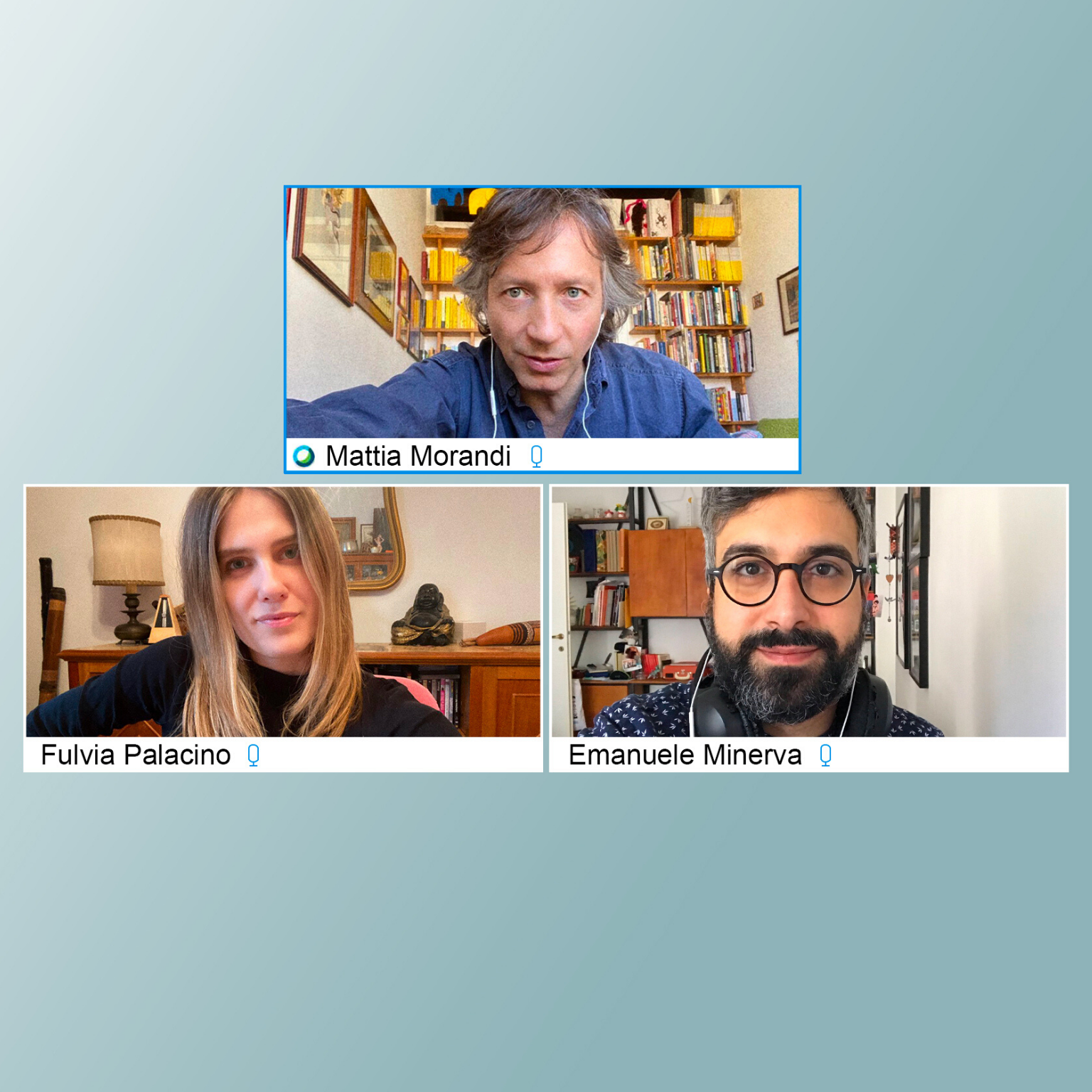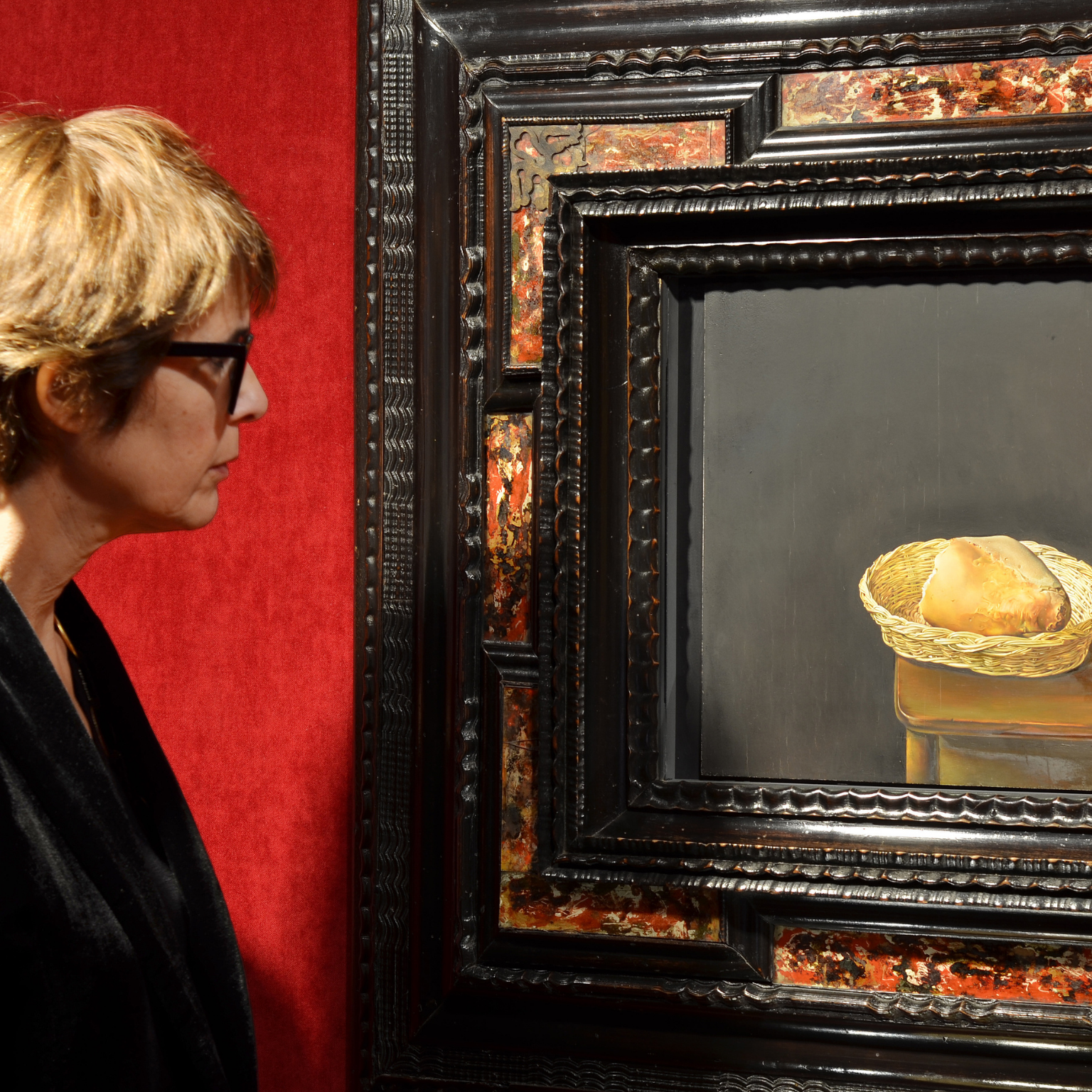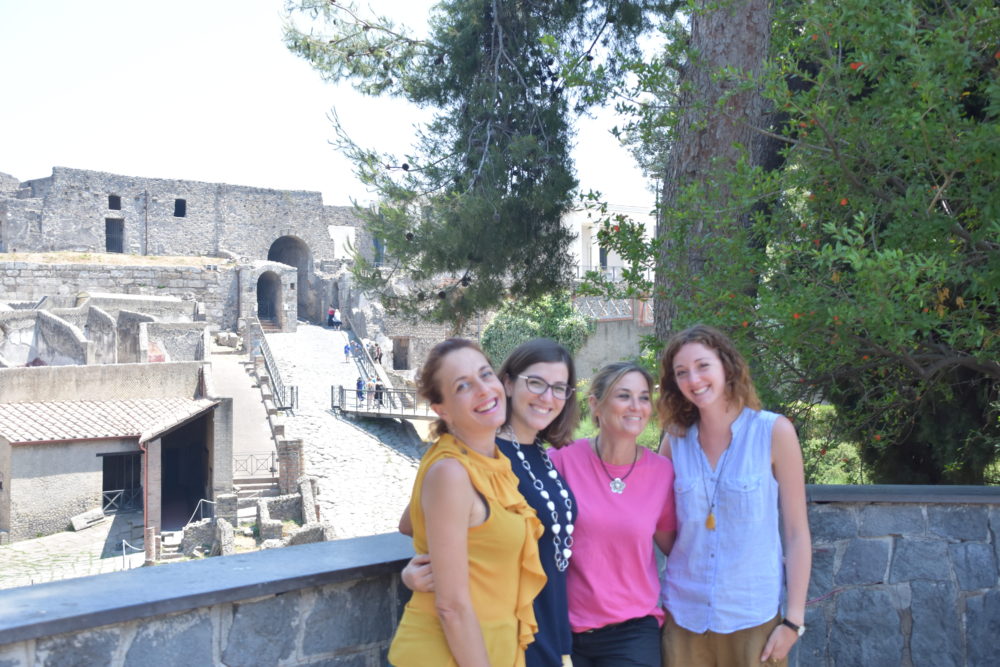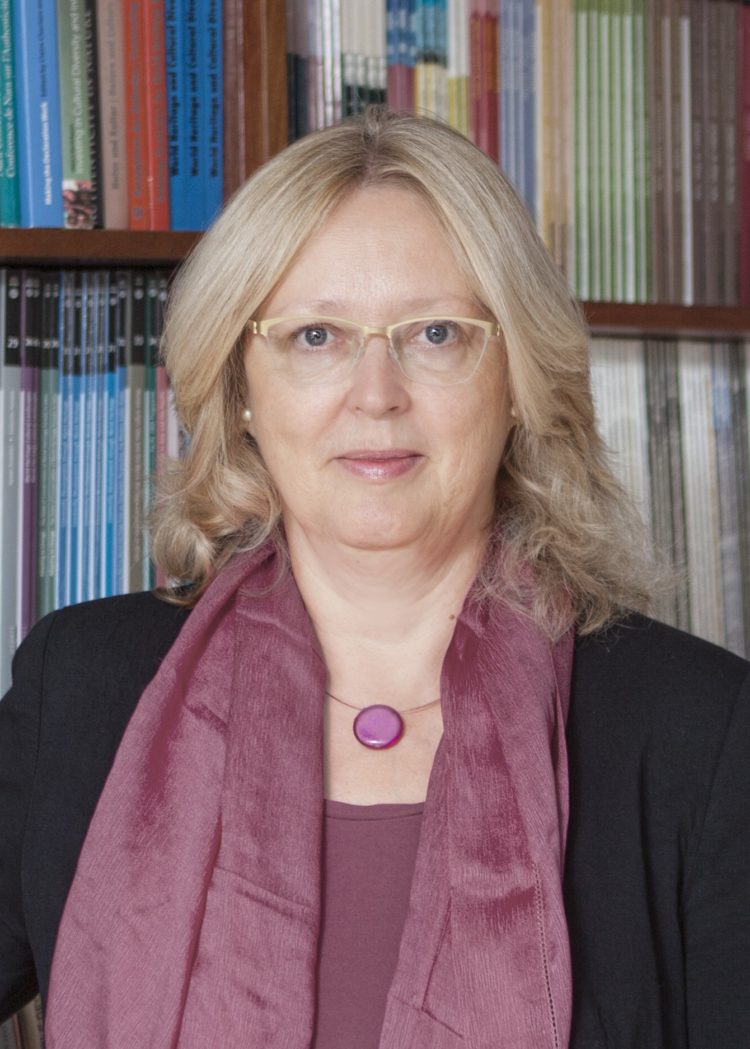Mattia Morandi, Head of the MiBACT Press and Communication office, with Fulvia Palacino and Emanuele Minerva. Photography © Courtesy of the MiBACT team
1.What are the challenges of your office?
Our work includes design, coordination and production of materials for the digital campaigns of the ministry and state cultural institutes. We are a team made up of different professional figures and we deal daily with the many communicators who work in museums, archives, libraries and in the territorial divisions of MiBACT.
We propose campaigns to be promoted online and the institutes remain autonomous to follow them and orient them in their own way and according to their sensitivity. We believe it is important to network and enhance messages. The challenge is to standardize and order the digital story of the Italian heritage, respecting everyone’s diversity.
When we talk about archives, libraries, restoration laboratories, archaeological parks and museums, we are talking about essential public services that must be accessible to everyone, even online. After this emergency, digital must remain a permanent part of the cultural offer.
2.What kind of remarkable digital innovation would you like to share with us? It can be online and/or in your physical space.
In these weeks of pandemic, in which we are all in smart working, in addition to the many activities to enhance the virtual offer, we are working on the creation of an aggregator of the social networks of all public cultural institutions.
An online space where, with sectoral search filters, you can discover the activities of theaters, libraries, archives, museums, with particular attention to the phenomenon of live broadcasting that has exploded in recent weeks. It is beautiful that many artists are promoting live shows, but there is no reference platform that collects them and simplifies their use.
Each of our campaigns offers an exchange between digital and offline. From virtual tours (#granvirtualtour) to photographic flash mobs (#artyouready) to online games with works of art to be recognized or reproduced (#lartetisomiglia) there are many forms of participation that become moments of sharing for learning, having fun and comparing with others from home.
Finally, we contribute to international campaigns by involving our cultural institutes abroad and embassies, following foreign initiatives or launching our own.
3.What are the social media platforms that your office chose for its digital presence and who are your primary target audiences?
As ministry we are present in particular on Instagram, Facebook, Twitter and YouTube. Our audience welcomes all generations: the attempt is to intrigue, in addition to the loyal ones, even those who still think that places of culture are unattractive, or elitist places. This does not mean renouncing scientific rigor: simple, rapid and immediate communication can be the same.
4.If you had to keep one social media platform to reach youngsters, which one would you pick?
At the moment Instagram is the platform where young people still relate more to us and recently we have noticed a good response also on YouTube. Some of our institutes are also registered on Tik Tok.
5.Tell us how are you facing the coronavirus emergency. What strategies are you using?
We immediately launched the campaign born spontaneously on the network to invite Italians to stay at home (#iorestoacasa): actors, singers, directors, writers, journalists, scientists and artists found hospitality on our channels, which turned into a real and proper megaphone.
In the first phase, we ordered the many activities that were likely to go missing and, at the same time, designed several campaigns to be launched at a fast pace, so as to constantly keep the attention on cultural heritage alive. Among these we point out the one to encourage reading (#ioleggoacasa) for which we brought online “Fumetti nei musei”, a project that is very close to our heart and that we have created in the past years for educational activities.
This project was in danger of being compromised by the simultaneous closure of museums and schools, so we transferred it all online and now the 51 comics of the series can be read for free online in rotation. We are still planning many surprises, not least the #MuseumWeek, in which we will participate enthusiastically together with all public institutions.
6.Do you have a professional alter-ego somewhere in the world to whom you would like to ask a professional question?
We consider our alter egos to all those workers who build the tools of the trade by hand. This is also true for us, because most of our campaigns, from strategy, from concept to production of graphic, video and textual content, take place inside our office. We are trying to create a small, fully autonomous digital hub within the ministry.
Interview by Fabio Pariante, journalist
MORE
MiBACT on social networks: Twitter – Instagram – Facebook
Mattia Morandi (Rome, 1975), Head of the Press and Communication office of the MiBACT – Ministry for Cultural Heritage and Activities and Tourism, presents the Italian activities that in these quarantine days marked a particular turning point together with Fulvia Palacino and Emanuele Minerva of the digital team web of the Ministry’s communication campaigns.
A close-knit team that even in these weeks has not renounced the close confrontation with all the other communicators of the ministry and with the many who have made themselves available to share intuitions and ideas to be transformed into new communication strategies.



